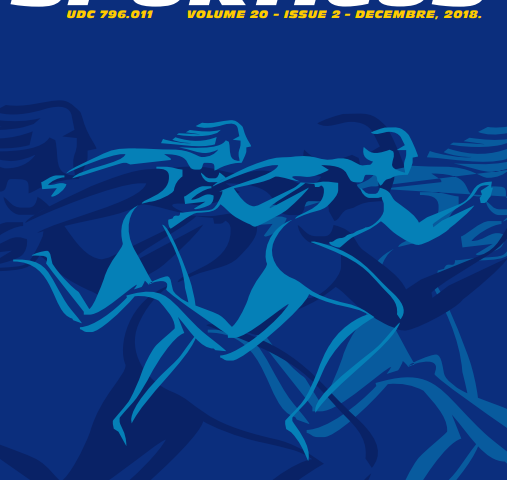Abstract
Symmetry of movement actions expands sportsmens’ technical-tactical capacity and is considered as an element of greater versatility.The aim of this study was to perform the Special Judo Fitness Test (SJFT) with young judokas on their dominant and non-dominant side and to test whether SJFT could be used to asses’ differences in the movement patterns on the dominant and non-dominant body side. The SJFT was used to compare movement patterns on the dominant and non-dominant body side on a sample of 9 young judokas (age 13.78 ± 0.44, height 176 ± 3.8 cm, weight 74.2 ± 6.9 kg, years of training 7.78 ± 0.67). We used paired T-test and set statistical significance at p ≤ 0.05 to determine differences between movement symmetries and SJFT parameters. Main statistical differences were found betwen performance of SJFT by both body sides 1) in second throwing phase of SJFT t(8) = 3.50, p = 0.008, 2) in total number of combined throws in SJFT t(8) = 2.83, p = 0.022, and 3) in final SJFT INDEX t(8) = -2.57, p = 0.033. The study presented with the results that SJFT could be used as a tool to detect movement asymmetries in judokas when performed on both body sides and the importance of bilateral movement development of judokas. Also, the results of SJFT could be used to further create normative values of SJFT for youth male judokas, since this would contribute to already known normative values of male and female seniors and female youth categories.


